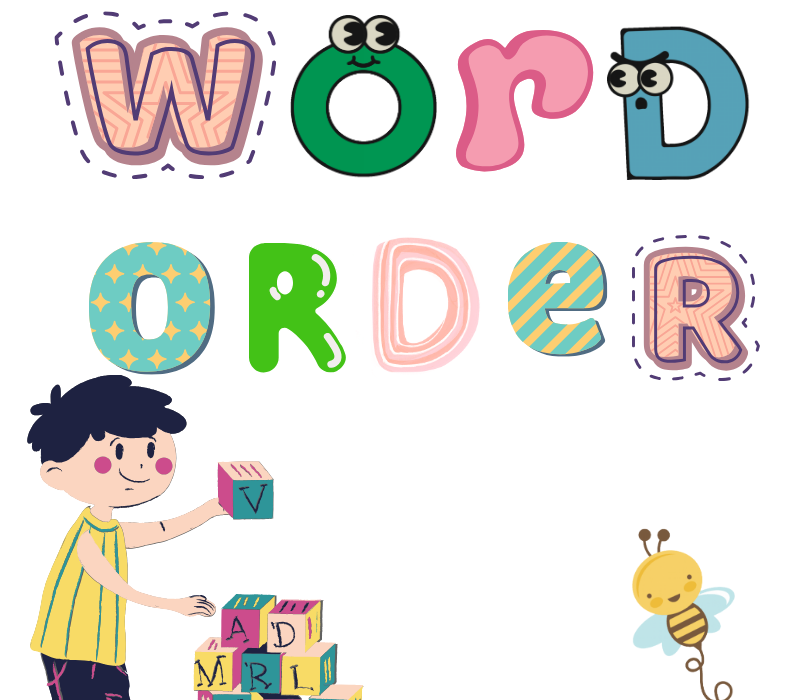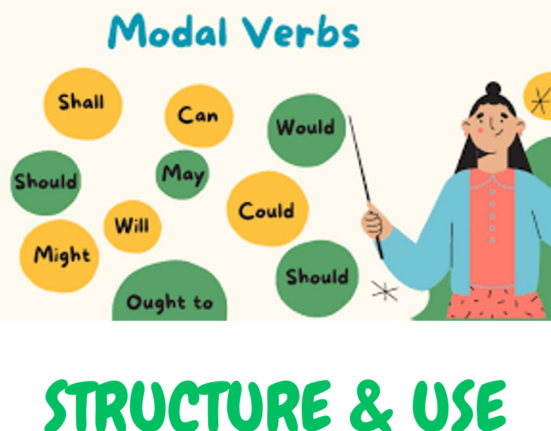Understanding and employing correct word order is a fundamental aspect of mastering the English language. As an IELTS candidate, precision in your expression is crucial for success in the exam. This blog post will delve into the intricacies of word order in English, providing you with insights and tips to enhance your language proficiency.
What Is Word Order?
The arrangement of words in a sentence is referred to as ‘word order.’ Word order, constituting an integral aspect of syntax, plays a crucial role in shaping various sentence structures. Incorrect word order can lead to confusion, unclear sentences, and inaccurate meanings.
Why Is Word Order Important?
Word order holds significant importance in language for several reasons.
Firstly, it contributes to the clarity and coherence of a sentence. Proper word order ensures that the intended meaning of the message is conveyed accurately, preventing confusion for the reader or listener.
Secondly, word order is essential for grammatical correctness. Different languages have specific rules regarding the arrangement of words to form grammatically sound sentences. Adhering to these rules enhances the overall quality of communication.
Additionally, word order plays a role in conveying nuances and emphasis. By strategically placing words in a particular order, one can highlight specific elements, provide emphasis, or subtly alter the tone of a sentence.
I read often books => I often read books
Working was I at home => I was working at home.
Word Order: Declarative
The fundamental word order of an English sentence adheres to the structure of subject + predicate. The predicate invariably includes a verb conveying information about the subject. English sentences adhere to a standard, general order, which can be depicted through one of the following structures:
Here are some examples of each structure:
1. Mary stood up
*As you can see, subject (Mary) + verb phrase (stood up). “SV” is the simplest form of a sentence.
2. Sam drinks tea
*As you can see, the order is “subject (Sam) + verb (drinks) + object (tea)”.
3. He bought her a lovely ring
*Here, we have subject (he) + verb (bought) + indirect object (her) + direct object (a lovely ring)
4. The film was amazing
*Here, the subject is “the film”. The verb “be” is a linking verb and “amazing” is our subject complement.
TIP!
Keep in mind that word order is crucial in English sentences, with the subject preceding the verb. A sentence should minimally include a subject and a verb. Nevertheless, in English, sentences can also be structured with an omitted subject. For example:
Give me the book
*Here, the subject (you) is removed and the word order is ‘verb + indirect object + direct object’
Word Order: Interrogative
In interrogative sentences, an inverted word order is employed, wherein the main verb or an auxiliary verb precedes the subject. This structure exists in various forms. Let’s explore its types and examine illustrative examples:
Yes/No Questions
In yes/no questions the word order is as follows:
‘modal/auxiliary verb + subject + main verb + object’.
For example:
The dogs were barking => Were the dogs barking?
I have been working => Have you been working?
She can sing => Can she sing?
I’m fine => Are you fine?
In instances where a sentence lacks modals or auxiliary verbs, it is imperative to introduce the supporting auxiliary verb “do” before the subject. Subsequently, the base form of the main verb follows. For instance:
She likes her dress => Does she like her dress?
I enjoy tennis => Do you enjoy tennis?
WH-Questions
Inquiries commencing with a wh-word, encompassing terms like why, when, where, which, what, whom, whose, and how, necessitate more elaborate responses beyond a simple yes or no. This characteristic designates them as information questions. The subsequent discourse outlines two distinct categories of wh-questions:
Information Questions: Inverted order
In constructing information questions, a consistent rule of inverted word order, akin to yes/no questions, is applied. Below are illustrative examples:
Where are you going?
When can you meet me?
What have you done?
Information Questions: Standard order
Interrogative words such as ‘who’ and ‘what’ can serve as the subject pronoun in a question, particularly when there is no requirement for an auxiliary or modal verb. In such instances, adhering to the conventional word order is essential. Let’s examine a few illustrative examples:
Who locked the door?
What happened here?
Warning
In instances where a question contains multiple auxiliary verbs, the subject is positioned after the initial auxiliary verb. For instance:
Where have you been staying these past couple of weeks?
Tip!
When a direct question begins with a wh-word, the corresponding indirect question also commences with that question word. Nevertheless, the word order of the indirect question resembles that of a statement, rather than a question. For instance:
She asked: “Where are you going?”
She asked where you are going.
Word Order: Negative
Negative sentences follow the same fundamental word order as positive sentences, with the distinction that they necessitate the inclusion of the word ‘not.’ For instance:
John has moved to LA => John has not moved to LA
She is working => She isn’t working
In constructing a negative sentence, it is common to incorporate a modal verb along with one or more auxiliary verbs. In such instances, the term ‘not’ is positioned immediately following the modal or auxiliary verb. Illustratively:
You should have talked to her => You should not have talked to her
They should have been working => They should not (shouldn’t) have been working
In instances where a verb phrase comprises solely a main verb without any modals or auxiliaries, the inclusion of the supporting auxiliary verb ‘do’ is necessary to formulate a negative sentence. Nevertheless, when the main verb is ‘be,’ it can be negated independently without the need for a supporting auxiliary. It is important to note that ‘do’ is coupled with the base form of the main verb. For instance:
He walks => He does not (doesn’t) walk
John drank tea => John did not (didn’t) drink tea
Word Order: Imperative
In imperative sentences, which are also referred to as command sentences, the word order closely resembles that of declarative sentences. Nevertheless, imperative sentences often omit the subject (you). These sentences can be either affirmative or negative. Let’s examine a few examples for clarification:
Stop making a mess!
Don’t call me.
Adjectives Order
When seeking to augment information about a noun, the employment of adjectives becomes imperative. In instances where multiple adjectives precede a noun, adherence to a specific order is essential. The prescribed order of adjectives is as follows: determiner, quantity, opinion, size, age, color, shape, origin, material, and purpose. The ensuing examples illustrate this order:
It was a fancy big old round brown German wooden musical clock.
The tired old man fell down the stairs.
Abverbs Order
When intending to augment information associated with verbs, the utilization of adverbs becomes imperative. When employing multiple adverbs to delineate a verb, it is crucial to adhere to the prescribed order of adverbs, which is structured as follows: Manner, place, frequency, time, and purpose.
Here are some examples:
She walks slowly (manner) down the alley (place) every evening (frequency) at 7 o’clock (time) to walk her dog (purpose).
*As you can see, It is uncommon to use all types of adverbs in the same sentence.
Cleft Sentences Order
When aiming to emphasize and direct the attention of our audience to a specific word or phrase, cleft sentences serve as an effective tool. The subsequent discussion introduces various types of cleft structures, accompanied by illustrative examples:
- It-cleft sentences
- There-cleft sentences
- Wh-cleft sentences
- All-cleft sentence
- If-because sentence
Jane’s car got stolen => It was Jane’s car that got stolen.
I’m trying to adopt this orphan kid => There’s this orphan kid I’m trying to adopt.
You need to rest for a while => What you need to do is rest for a while.
She wants a good job => All she wants is a good job.
In conclusion, mastering word order is fundamental to constructing grammatically sound sentences in English. Whether you are crafting simple statements or complex sentences, adhering to the established word order conventions ensures effective communication. In subsequent posts, we will explore more advanced aspects of word order, providing you with a comprehensive understanding to enhance your English language proficiency.









